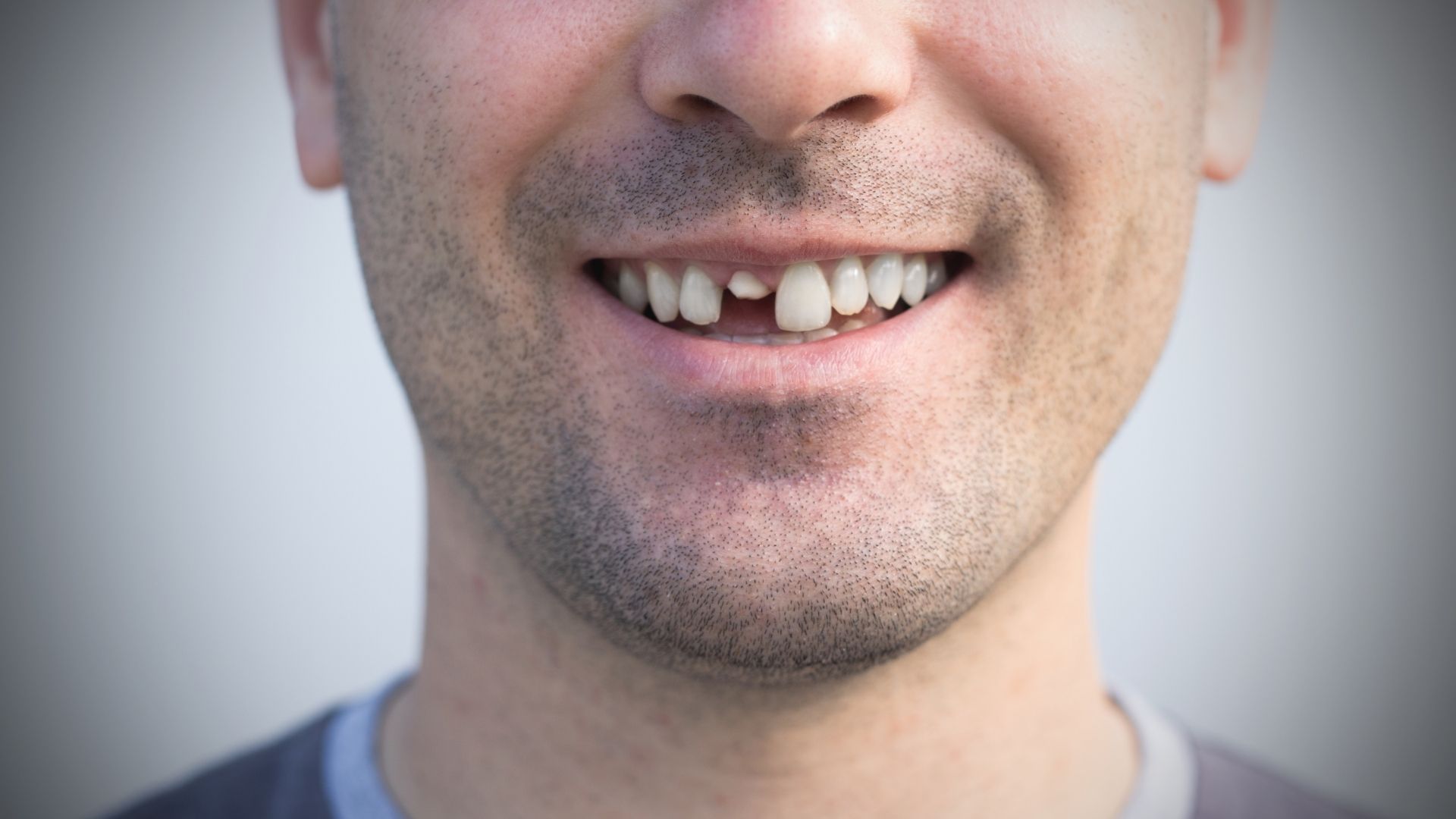Sand Allergy: Relieve Itchy Skin Quickly
For many, a day at the beach or an outing to the park can be a recipe for relaxation and enjoyment. However, for those unfortunate enough to suffer from a sand allergy, such adventures can quickly turn into itchy, uncomfortable ordeals. A sand allergy, though not as commonly discussed as other allergies, can cause significant discomfort and disrupt outdoor activities. The symptoms can range from mild irritation to severe allergic reactions, making it essential to understand the causes, symptoms, and most importantly, the relief methods for itchy skin caused by sand allergies.
Understanding Sand Allergy
A sand allergy is not technically an allergy to the sand itself but rather an allergic reaction to the various substances that can be found in sand, such as mold, dust mites, or other tiny organisms that thrive in sandy environments. These allergens can trigger an immune response, leading to a variety of symptoms.
Symptoms of Sand Allergy
- Itchy Skin: One of the most common symptoms, it can range from mild to severe itching sensations on the skin that has come into contact with the sand.
- Redness and Inflammation: The affected area may become red, swollen, and inflamed due to the allergic reaction.
- Rashes: Small bumps or rashes may appear on the skin, which can be extremely itchy and uncomfortable.
- Blisters: In severe cases, blisters may form, which can be painful and may take time to heal.
Relieving Itchy Skin Quickly
Relieving itchy skin caused by a sand allergy requires a combination of immediate action to reduce the itching and longer-term strategies to prevent future occurrences. Here are some methods to quickly relieve itchy skin:
1. Wash the Affected Area
As soon as possible, wash the affected area with cool or lukewarm water and a mild soap. This can help remove any residual allergens from the skin and reduce the intensity of the allergic reaction. Avoid using hot water as it can further irritate the skin.
2. Apply Topical Creams
Over-the-counter hydrocortisone cream can be very effective in reducing itching and inflammation. For more severe reactions, prescription creams or ointments might be necessary. Always consult with a healthcare provider before applying any new creams, especially if you’re unsure about the severity of your reaction.
3. Cold Compress
Applying a cold, damp cloth to the itchy area can provide immediate relief. The cold temperature helps to numb the skin slightly, reducing the itching sensation. You can also use an ice pack wrapped in a cloth to avoid direct contact with the skin.
4. Avoid Scratching
Although it’s incredibly tempting to scratch itchy skin, doing so can lead to further irritation, potential infection, and prolong the healing process. Keeping fingernails short and wearing gloves at night can help prevent unconscious scratching.
5. Antihistamines
For allergic reactions that include itching, antihistamines can be very effective. They work by blocking the release of histamine, a chemical that causes blood vessels to swell, leading to itching, redness, and other symptoms. However, always consult with a healthcare provider before taking any medication.
Preventing Sand Allergy Reactions
While it’s difficult to completely avoid sand if you enjoy outdoor activities, there are several strategies that can reduce your exposure to sand allergens:
1. Wear Protective Clothing
Wearing long-sleeved shirts, long pants, and socks can significantly reduce the amount of skin exposed to sand. This is especially useful if you know you’ll be in an area with high concentrations of allergens.
2. Shower Immediately
After spending time in sandy areas, showering as soon as possible can remove allergens from the skin before they cause a reaction.
3. Apply Barrier Creams
Some creams and lotions can act as a barrier between your skin and potential allergens. Applying these before heading outdoors can provide an additional layer of protection.
Conclusion
A sand allergy, though frustrating, can be managed with the right strategies for relief and prevention. Understanding what causes the allergy and how to address symptoms promptly can make a significant difference in enjoying outdoor activities without the discomfort of itchy skin. If your symptoms persist or worsen, consulting a healthcare professional for personalized advice is crucial. With the right approach, individuals with sand allergies can find relief and continue to appreciate the beauty and joy of spending time outdoors.
What are the most common causes of sand allergy?
+The most common causes of sand allergy include allergic reactions to mold, dust mites, and other tiny organisms found in sand. These substances can trigger an immune response, leading to various symptoms.
How can I quickly relieve itchy skin caused by a sand allergy?
+Quick relief for itchy skin caused by a sand allergy can be achieved by washing the affected area with mild soap and cool water, applying topical creams such as hydrocortisone, using a cold compress, and avoiding scratching. Antihistamines can also be effective but should be used under the guidance of a healthcare provider.
Can I prevent sand allergy reactions?
+While it’s challenging to completely prevent sand allergy reactions, wearing protective clothing, showering immediately after exposure, and applying barrier creams can significantly reduce the risk of an allergic reaction. Understanding the causes and taking preventive measures can help manage symptoms and enjoy outdoor activities more comfortably.

